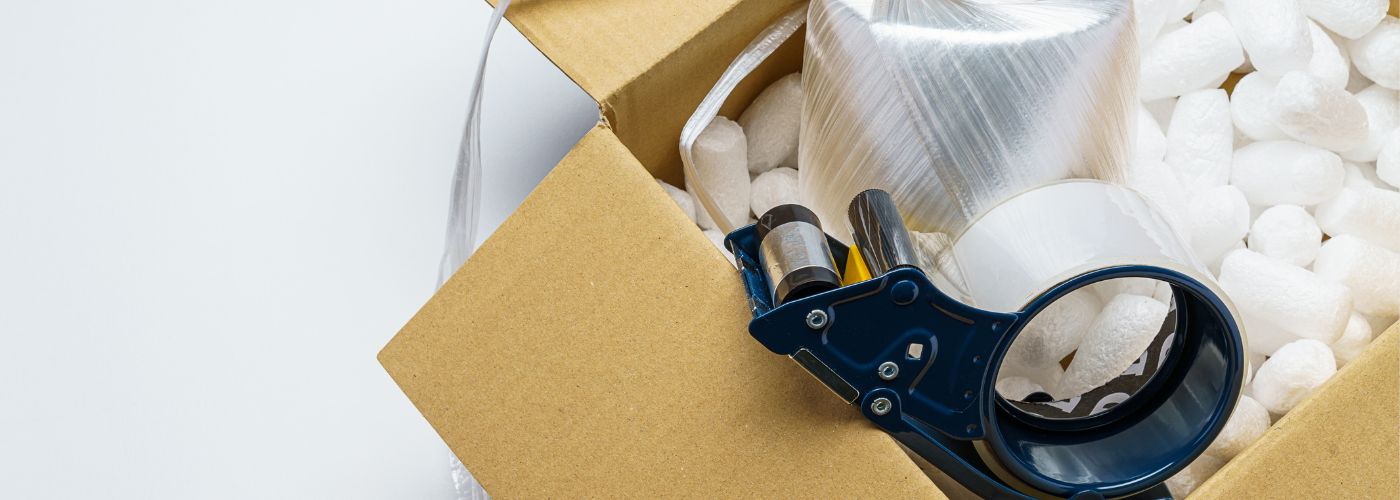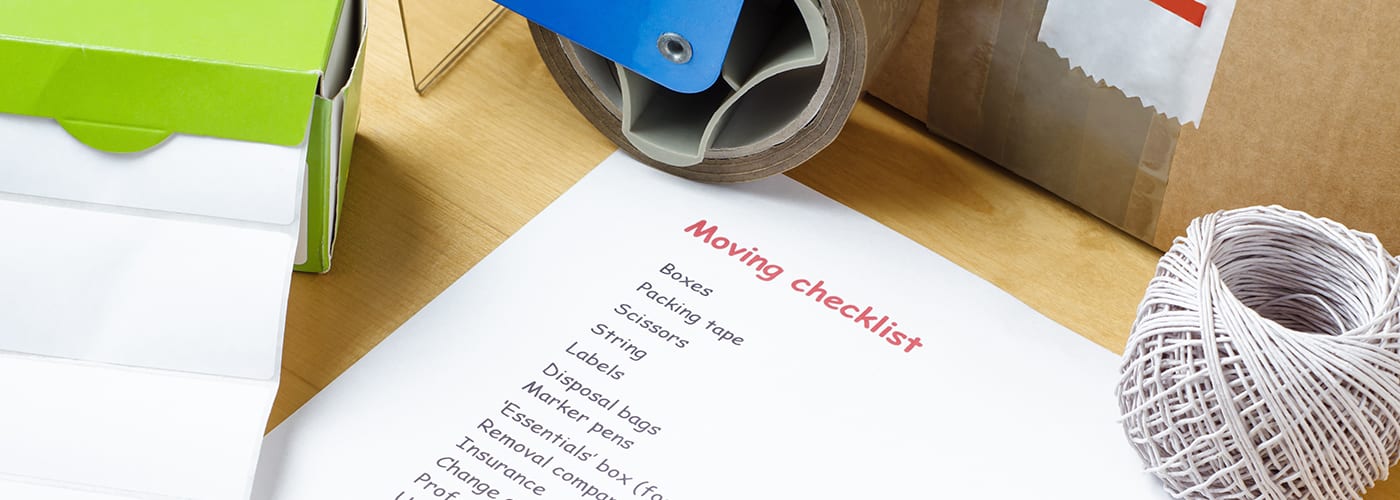Moving can be an exciting yet daunting experience, as it signifies a new chapter in our lives. Whether you’re relocating to a new city or just down the street, the process of moving requires careful planning and organization. From packing up your belongings to transferring utilities, there are numerous tasks to tackle before settling into your new home sweet home. This home moving checklist will serve as your roadmap, guiding you through each step of the moving process!
Essential Home Moving Checklist For A Stress-Free Move
One crucial aspect of a stress-free move is decluttering before packing. Take this opportunity to assess your belongings and decide what to keep, donate, or discard. This will not only lighten your load but also make unpacking much easier at your new home.
Another important task is to decide whether or not to hire local movers. Take the time to research reputable moving companies in your area. Compare quotes, read reviews, and inquire about services offered to find a company that aligns with your needs and budget.

Once you have sorted out your belongings and chosen a moving company, it’s time to start packing. Make sure to label boxes with the contents and the room they belong in to streamline the unpacking process.
Pack essential items separately and keep them easily accessible during the move. Plan ahead for any special requirements, such as moving fragile items or arranging for storage if needed.
Important Moving Packing Supplies
Packing supplies are essential for a seamless moving process. While cardboard boxes are the standard choice, consider investing in sturdy plastic bins for added durability and reusability.
Bubble wrap and packing paper are crucial for protecting fragile items, but don’t overlook the importance of stretch wrap for securing furniture and preventing scratches.
Another often overlooked item is a labeling system. Clearly labeling each box with its contents and destination room will save you time and frustration when unpacking in your new space.

Additionally, investing in quality packing tape will ensure that your boxes stay securely sealed during transit. Remember, having the right packing supplies can make all the difference in ensuring a stress-free moving experience!
Changing Your Address and Notifying Utilities
Changing your address can be a daunting task, but notifying utilities is a crucial step in the process. Services such as electricity, water, and gas need to be updated with your new address to avoid any disruption in service.
Setting up these changes ahead of time can help make the transition smooth and stress-free.
One important aspect to consider when notifying utilities is keeping track of any outstanding bills or payments that may need to be settled before disconnecting services at your old address.
It’s also a good idea to inform the utility companies of your moving date so they can schedule the necessary changes accordingly. By staying organized and proactive in updating your information with utilities, you can ensure that you start off on the right foot in your new location.
Hiring Movers vs. DIY Options
When it comes to moving, the decision between hiring professional movers and opting for a do-it-yourself approach can be a tough one. While DIY options may seem cost-effective at first, it’s important to consider the potential risks and stress involved.
Professional movers bring experience, efficiency, and expertise to ensure a smoother and more organized moving process.

One key benefit of hiring long distance movers is the extra layer of protection they offer for your belongings. Their training in proper packing techniques and handling fragile items can help prevent damage during transit.
Additionally, professional movers have access to specialized equipment and tools that can streamline the moving process, saving you time and energy in the long run.
On the other hand, the DIY option is great for those on a moving budget. DIY moving allows for more control over the entire process, as you can pack and transport your items according to your own schedule and preferences.
It can also be a more affordable option for those looking to save money on their move. However, it’s important to consider the physical labor involved in DIY moving, as lifting heavy furniture and boxes can be strenuous and potentially lead to injuries if not done properly! Consider these factors to increase moving safety.
Cleaning and Preparing Your Old Home
Once you’ve finally finished the arduous process of moving into your new home, the next task at hand becomes cleaning and preparing your old space for its new occupants.
While it may be tempting to rush through this step and move on quickly, taking the time to thoroughly clean and organize can leave a lasting positive impression. Start by decluttering any remaining items that you no longer need or want, allowing for a fresh start for the next residents.

Wipe down surfaces, scrub floors, and ensure all appliances are left in good working condition to make the transition as seamless as possible.
One often overlooked aspect of cleaning an old home after moving is ensuring that any necessary repairs are completed before departure. Taking care of minor issues such as leaky faucets, loose door handles, or chipped paint can go a long way in maintaining the overall value and condition of the property.
Additionally, consider giving special attention to areas that are frequently neglected during regular cleaning routines, such as baseboards, light fixtures, and air vents.
By leaving your old home in a well-maintained state, you not only set a positive example for future occupants but also create a sense of closure for yourself as you embark on this new chapter of your life.
Unpacking and Settling into Your New Home
As you start unpacking boxes and organizing your new space, remember to take moments to appreciate the journey that led you here. Setting up your new home is not just about arranging furniture or hanging up curtains; it’s about creating a space that reflects your personality and values.
Consider incorporating elements that bring you joy, whether it’s a cozy reading nook by the window or a gallery wall showcasing your favorite memories.
The moving process can be overwhelming at times, but don’t forget to prioritize self-care during this transition period. Take breaks when needed, stay hydrated, and reach out to friends or family for support if things feel too hectic!


